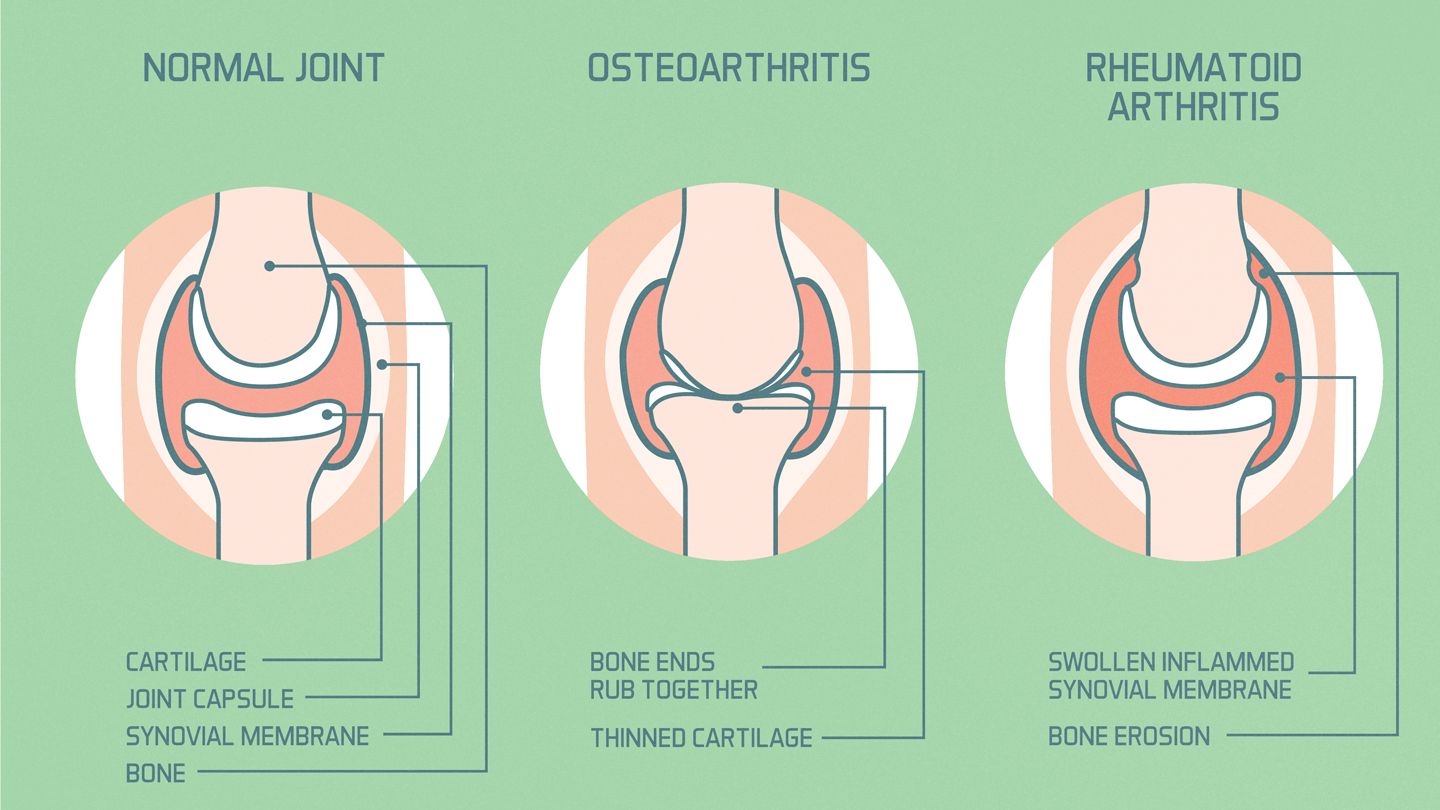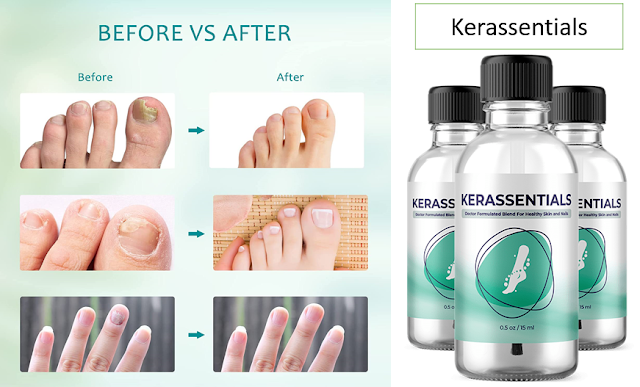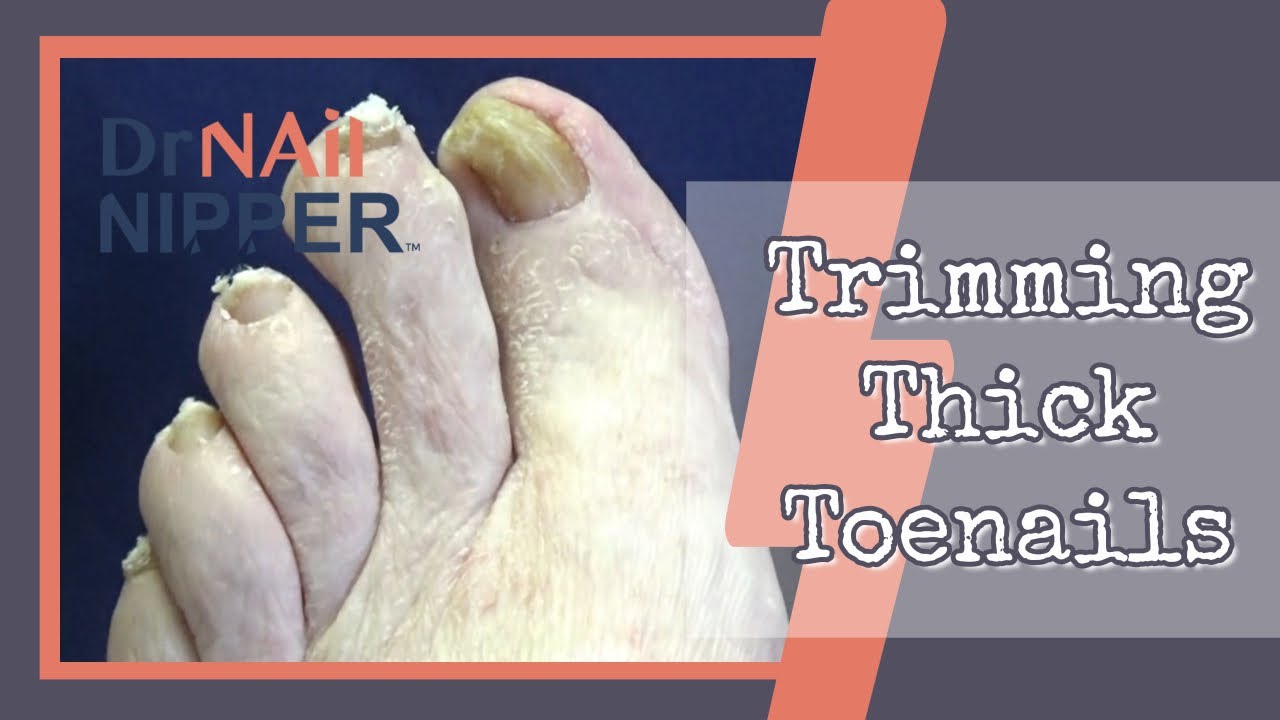Restless Legs Syndrome (RLS) is a neurological disorder characterized by uncomfortable sensations in the legs, often accompanied by an irresistible urge to move. While conventional treatments such as medications and lifestyle modifications are commonly used to manage RLS symptoms, some individuals seek alternative therapies as complementary or alternative approaches. These alternative therapies aim to alleviate symptoms, improve overall well-being, and provide additional options for those looking for non-pharmacological interventions. In this article, we will explore some alternative therapies that have shown promise in treating Restless Legs Syndrome.
1. Acupuncture: Acupuncture is an ancient Chinese practice that involves the insertion of thin needles into specific points on the body. This technique is believed to stimulate the body’s energy flow and promote balance. Some studies have suggested that acupuncture may provide relief for RLS symptoms by reducing leg discomfort and improving sleep quality. While more research is needed to establish its effectiveness, acupuncture is considered a safe therapy when performed by a qualified practitioner.
2. Massage Therapy: Massage therapy involves manipulating the body’s soft tissues to promote relaxation, relieve muscle tension, and improve blood circulation. Some individuals with RLS have reported finding relief through regular massage sessions, particularly in the leg and foot areas. Massage techniques such as deep tissue massage, Swedish massage, and reflexology may help reduce discomfort and promote relaxation, but individual responses can vary.
3. Yoga: Yoga combines physical postures, breathing exercises, and meditation to promote physical and mental well-being. Regular practice of yoga has been shown to improve sleep quality, reduce stress levels, and enhance overall relaxation. Specific yoga poses, such as forward bends and leg stretches, may help alleviate Restless Legs Syndrome symptoms by improving circulation, reducing muscle tension, and promoting relaxation. It is advisable to consult with a certified yoga instructor who can guide you in practicing yoga safely and tailor the practice to your specific needs.
4. Mindfulness and Meditation: Mindfulness and meditation techniques involve focusing attention on the present moment, fostering a sense of calmness and relaxation. These practices can help individuals with RLS manage stress, improve sleep quality, and reduce anxiety levels. Mindfulness-based stress reduction (MBSR) programs and guided meditation sessions have shown potential in alleviating RLS symptoms and improving overall well-being.
5. Herbal Supplements: Some individuals explore the use of herbal supplements to manage Restless Legs Syndrome symptoms. Certain herbs, such as valerian root, passionflower, and chamomile, are believed to have calming and relaxing properties. However, it’s important to note that the efficacy and safety of herbal supplements for RLS have not been extensively studied, and their use should be approached with caution. Consulting with a healthcare professional knowledgeable in herbal medicine is advisable before incorporating any supplements into your routine.
6. Transcutaneous Electrical Nerve Stimulation (TENS): TENS is a therapy that involves the use of low-voltage electrical currents applied to specific areas of the body using electrode pads. It is believed to help alleviate pain and discomfort by stimulating the nerves and promoting the release of endorphins. Some individuals with RLS have reported finding relief through TENS therapy, particularly when applied to the leg muscles. However, further research is needed to establish its effectiveness for RLS.
7. Heat and Cold Therapy: Applying heat or cold to the legs can help alleviate RLS symptoms for some individuals. Warm baths, hot or cold packs, and contrast therapy (alternating between heat and cold) may provide temporary relief by promoting muscle relaxation and improving blood circulation. Experimenting with different temperatures and finding what works best for you can help determine the effectiveness of this approach.
It’s important to note that while alternative therapies may offer potential benefits for managing RLS symptoms, they are not meant to replace conventional medical treatments. It is essential to consult with a healthcare professional before trying any alternative therapies, especially if you have underlying health conditions or are taking medications. Your healthcare provider can help guide you in integrating alternative therapies into your overall treatment plan and ensure their safety and compatibility with your individual needs.
Additionally, it’s important to approach alternative therapies with realistic expectations. While some individuals may experience relief from RLS symptoms through these approaches, the effectiveness can vary from person to person. What works for one individual may not work for another. It may require some trial and error to find the most effective combination of therapies for your specific case.
In conclusion, exploring alternative therapies for treating Restless Legs Syndrome can provide additional options for managing symptoms and improving overall well-being. Acupuncture, massage therapy, yoga, mindfulness and meditation, herbal supplements, TENS therapy, and heat and cold therapy are among the alternative therapies that individuals with RLS may consider. However, it is crucial to consult with a healthcare professional, incorporate these therapies as part of a comprehensive treatment plan, and maintain open communication with your healthcare provider regarding your symptoms and treatment progress. With careful consideration and guidance, alternative therapies may complement conventional treatments and contribute to a better quality of life for those with Restless Legs Syndrome.





